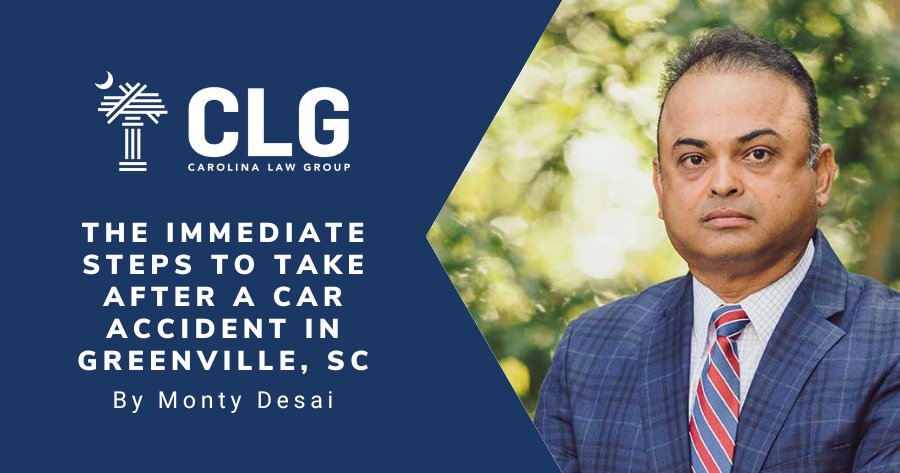Workers’ Compensation in SC: Overview for Greenville Employees
Most workers in Greenville, SC and across South Carolina are covered under the state’s workers’ compensation program. If you’re a worker in South Carolina, you should know what it is and how it works. Below you’ll find an overview of key points of workers’ comp in South Carolina, along with links to other articles on our blog to learn more....
Continue reading










